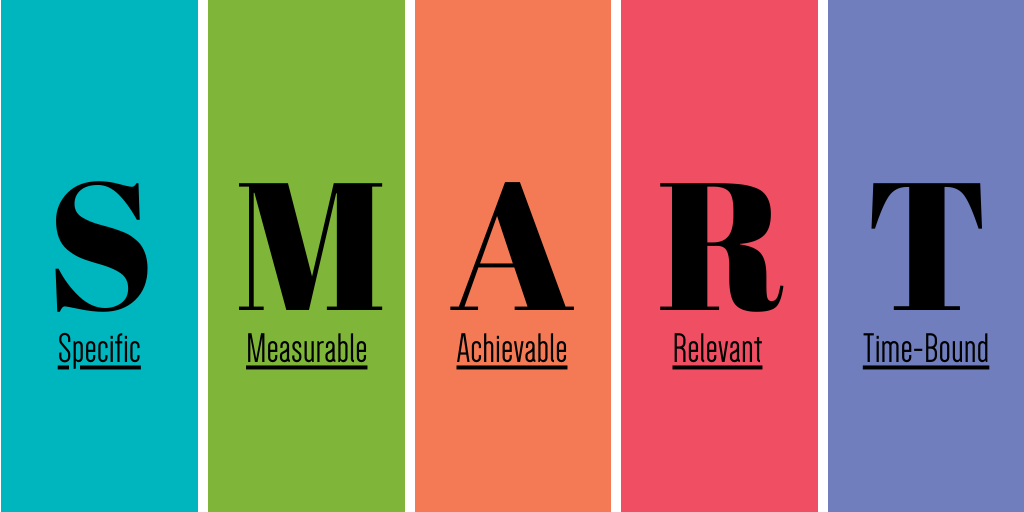
Happy New Year, from all of us at The Improve Group! For many of us, the turn of a new year involves reflecting on how far we’ve come in the past 12 months and planning for the next. Often, that involves setting goals.
In evaluation and in our day-to-day lives, we encourage clients to set goals that are “SMART,” originating from George T. Doran’s 1981 Management Review article, ‘There's a S.M.A.R.T. way to write management's goals and objectives’:
- Specific
- Measurable
- Achievable
- Relevant
- Time-bound
As I thought about where to focus my energy in 2020, I realized this framework could also be helpful for new year’s resolutions! Consider this: A goal of “run more” is well-intentioned, but vague. How will you define “more”? How will you know you’re “running”? Literally and figuratively, to where are you running? However, a goal of “Run an average 10-minute mile by the end of 2020” is more “SMART.” It’s specific—“running” means a 10-minute mile; it’s measurable—such as with apps like Runkeeper; it’s achievable (and if you don’t think so, draw some inspiration from “Brittany Runs a Marathon!”). It’s relevant to me because I am a runner and is time-bound with an end-of-year deadline.
So, make sure your goals are:
Specific, simple, and clear. For example, use one action verb. Remember, the greater the specificity, the greater the measurability.
Measurable. Goals and targets should include numeric or descriptive measures that define quantity, quality, cost, etc. Goals should be written to answer, “How will you or others know when the goal has been successfully met?” The more precise you are about what you want to get done, the easier it will be to see what and how much was accomplished.
Achievable, realistic, and attainable. You should feel challenged by the goal (a 10-mile run in 6 months), but not that it is out of reach (a full marathon, tomorrow!).
Relevant. Consider the following questions: is this the right time for this goal? Is this goal worthwhile to you?
Time-bound. Deadlines make things happen. For new year’s resolutions, this part is simple—it’s by the end of 2020! If you have a big goal that will take years to achieve, what is a 1-year milestone to aim for by the end of 2020? If you need more deadlines, what are milestones to aim for in each month or each quarter of this year?
Having goals like this can make you more accountable and the act of writing them this way has value, too. Thinking through what specifically you hope to change, to what degree, and why it’s relevant to you helps you set a goal that is meaningful—and those are the goals you stick with!
